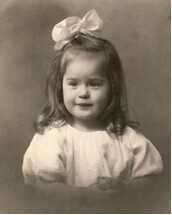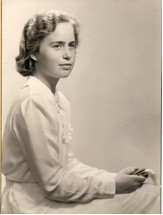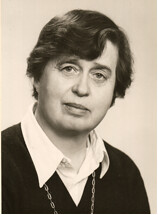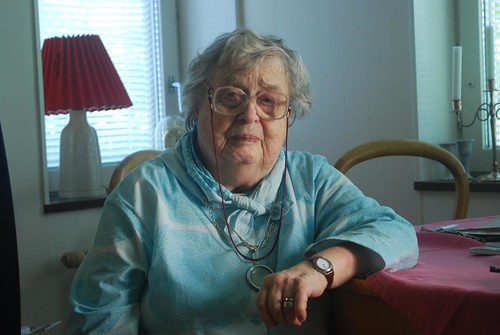I find it interesting that I sometimes get very positive response to blog items which are more personal. A while back I wrote about the visual artists in my family as a source of inspiration: my father Arne, who died a few months ago, my uncle Torsten, my sister Eva.
But another big influence was undoubtedly my mother Kerstin, who passed away a year ago. This is an excerpt from a short text I wrote about her for the funeral. For those of you who have seen my films – or who read my blog – the connections to my work are pretty obvious.
Kerstin was a renaissance person, and a citizen of the world. The former in the sense that she was intensely interested in everything: family and society, nature and culture; cooking just as much as history and philosophy; the trees outside the window as much as religion and literature.
To her everyday life she gave a sense of style and elegance, but that was only part of her reality, because culture was her life. Sometimes she reminded me of my experiences with some Native Americans who don’t make a hard distinction between reality and myth – for them, the two merge into one universe where the mythological creatures are just as real as the neighbours in the village.
Kerstin’s world was largely populated by artists and authors, composers and actors – some of whom she had actually met and known personally – but actually the others seemed just as real, and her relationship to them was just as meaningful. Faced with some day-to-day problem she was just as content to discuss it with Herman Hesse or Susan Sontag, as with a friend or family member.
She also had very vivid memories of people she had met, and kept them alive in her memory. In this way, she was never alone, although of course she lived by herself since we were children. And we must not forget the music: it was an important part of her world. That she should have chosen the music for her funeral is perfectly logical, and when you listen to it, Bach and psalms, folk and popular music, it reminds you of the range of her interests.
She was a citizen of the world in at least two ways. Her cultural interests knew no borders. She had vivid memories from her many trips abroad. She read in English and French, and until her last months she was still looking up words and learning new expressions. She read other literature in translation. It was always fun to talk to her when the Royal Swedish Academy had made its decision for the Nobel Prize. It was rare that they would decide on an author with whose work Kerstin was not familiar, and she always had her opinion about their choice.
She also followed world politics, not just with interest but with a constant concern for the best ways to solve problems and resolve issues. I was amazed that she never tired of this or gave up. Until her last weeks, even in the hospital, she wanted her daily paper. It was important for her to keep track of new developments and to make up her mind about them. Every conversation with Kerstin, even on the phone, moved quickly from family matters to culture and world politics.
Kerstin’s profession involved working with children, usually children with learning difficulties. In her archives, many folders and binders with course plans, certificates and childrens’ drawings attest to the quality of her work in this domain. Other teachers who worked with her saw her as an example.
As adults, many of her former students have spoken of her particular way of taking children seriously. Just one example: my older daughter Anna once said to me: “Can you believe this, Grandma just asked me if hip hop music is progressive. How old is she anyway?” Well, she was in her mid-seventies at the time, and even at that age she could make the rest of us feel intellectually lazy.
I will always think of Kerstin with gratitude and admiration.
Thanks to Tobi Elliott for her help with this blog.



